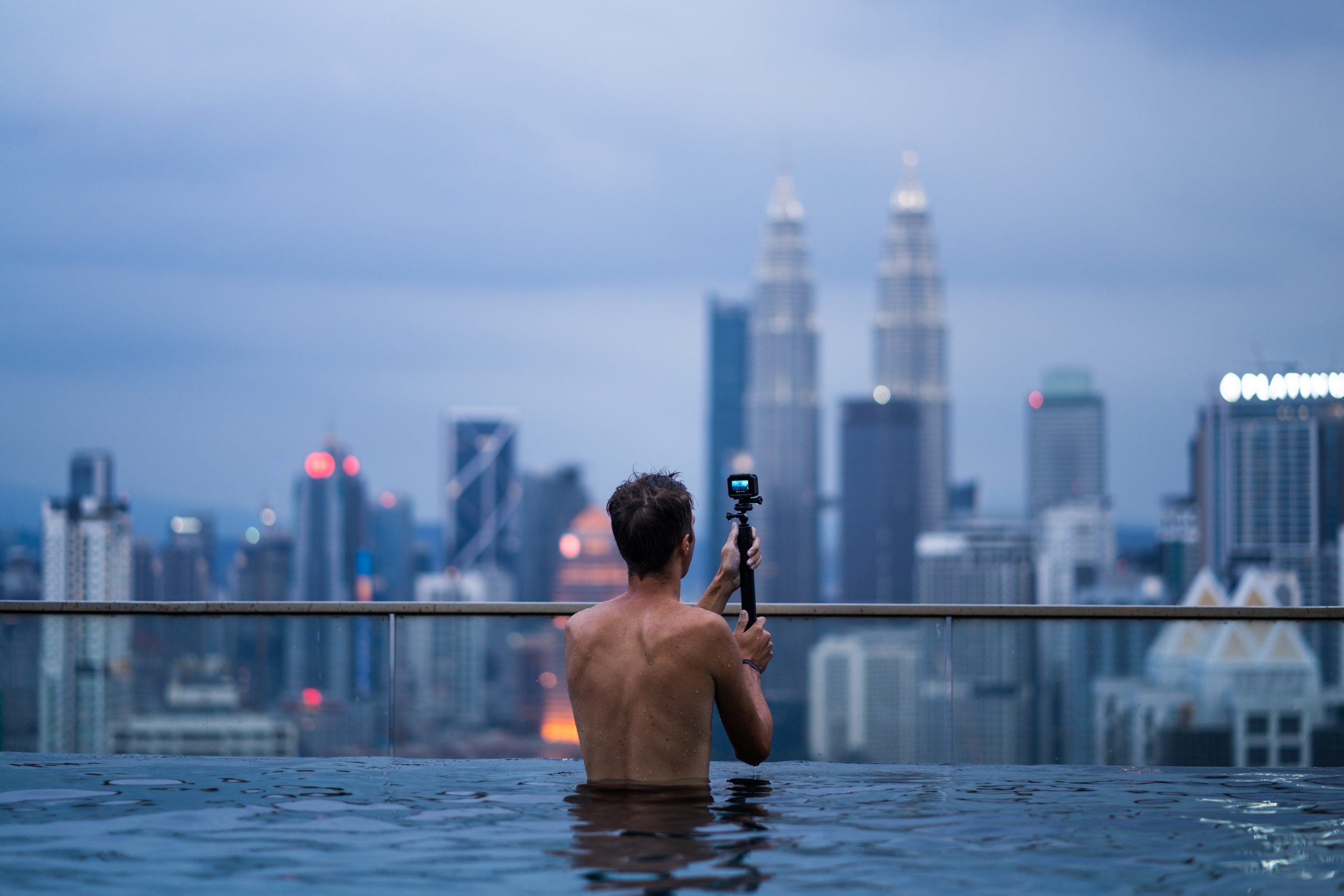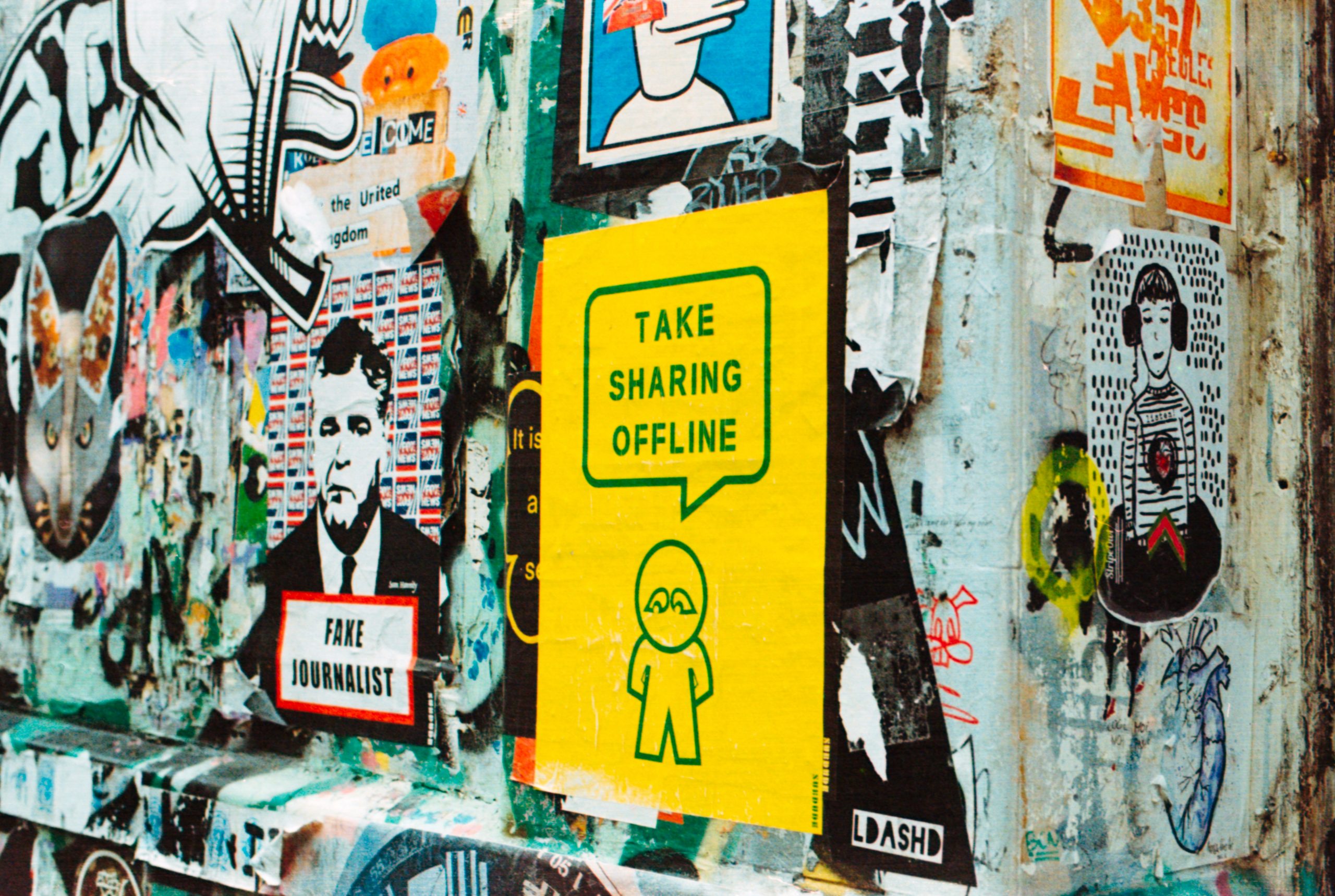When I was a teenager (Yes, you are looking at a millennial here), vlogs were everywhere. It seemed like everyone was doing it. The long monologues would help you get acquainted with places you might never visit, clothes you might never afford and lifestyles you might never lead. It opened the window to the lives of celebrities and gave us a glimpse into their daily routines.
Recently the once-popular video format has been experiencing a decline. Of course, the whole world being under lockdown has taken its toll on this visual journaling method. However, a question should be asked—is this the sole reason for that? Let’s delve deeper into the world of vlogging, its competitors and their future.
Vlogging and the internet era
We should start with the definition of this phenomenon. According to The Cambridge Dictionary, a vlog is “a video blog: a record of your thoughts, opinions, or experiences that you film and publish on the internet”[1]. Showing yourself vulnerable on the Internet can be both liberating and scary as you give away personal parts of your life to strangers.
[1] vlog. (2023). https://dictionary.cambridge.org/dictionary/english/vlog
In the early 2000’s, Adam Kontras and Steve Garfield were among the first people who documented their lives and shared them online for the world to see. Their example paved the way for others, who wanted to reach a bigger audience via their own experiences.
Relatability had lost its meaning some time ago; while social media platforms grow fuelled by sponsored posts and ads, honesty and truthfulness suffocate among fake profiles and brand ambassadors.
Another debatable aspect is online presence. Some people argue that vlogging was up way before the massive use of the Internet. People would make homemade clips that consisted of some memorable moments, e.g., birthdays, anniversaries, or the like. The movie “Aftersun” directed by Charlotte Wells shows how the protagonist Sophie documents her and her father’s trip to Turkey which we’ll learn will be their last trip together. Many 1990’s and 2000’s children cherish these memories as a personal heirloom that withstood time.
The emergence of livestreams and reels
Live streaming has emerged as another formidable contender in the digital content arena. Platforms like Twitch, YouTube Live, and Instagram Live provide creators with the opportunity to engage with their audience in real time.
Unlike vlogs, live streams enable immediate interaction through comments and reactions, fostering a sense of community. The spontaneous and unfiltered nature of live content appeals to viewers seeking a more dynamic and immersive experience. This has its price, though—the creators face real-time comments that are often hurtful and violent and can be psychologically draining. The person, who is livestreaming, then shows emotion, which can later cause a bigger backlash. The market is craving for uplifting content, therefore, if you don’t have tough skin, your place will easily be taken by someone else.
[Singer Dua Lipa is using reels to promote her new single here.]
Livestreams also come in different categories, from selling clothes in front of a live audience to gaming. One of the newest phenomena is NPC Livestreaming. NPC streaming is an internet trend, commonly seen on platforms like TikTok, where people act as if they were video game characters and receive monetary contributions from viewers. My colleague Nickolas has shared his reception of the NPC livestreams here.
It should also be noted that we’re living in a fast-paced digital era, where attention spans have shortened, and users prefer quick, easily digestible content. Reels, with their short duration and rapid content delivery, cater to this trend, providing instant gratification to viewers who want engaging content without a time investment.
There is no need to rewind or change the speed of the video, as it usually takes up to 5 minutes. From hair curling tricks to keyboard reviews—you get the information needed in a clear and concise manner. Whereas vlogs could take up to an hour or even more.
Though they contain interesting facts or incorporate humane situations, the consumer society seems to prefer content that can be easily scrolled through during lunch breaks. Federico Bellini in “Food Algorithm” supports this argument, “That’s why Reels are so popular, they start automatically and if you don’t ever feel like continuing to watch, you can simply scroll down and a new video will be ready for you.”[2]
The Decline of Vlogs in the Light of Livestreams and Reels
As I have presented the concepts behind livestreams and reels, the critical aspects leading to the downfall of vlogs should be summarized:
- Content Overload: Vlogs became incredibly popular, leading to an oversaturation of similar content. As more creators entered the vlogging scene, it became challenging for individual vloggers to stand out. Reels, on the other hand, offer a new and creative format, allowing creators to showcase their personality and creativity in a condensed, unique way.
- Platform Algorithm Changes: Social media platforms often update their algorithms to improve user experience. This means that creators are motivated to switch to a format that is more visible and engages a broader audience in users’ feeds.
- Change in User Preferences: User preferences in content consumption evolve. As trends change, audiences seek novel and entertaining formats. Reels and livestreams provide a fresh and dynamic experience, aligning with the desire for variety in content consumption.
- Less Hassle with Production: Creating a high-quality vlog often requires time, planning, proper equipment and good editing skills; you also have to ensure the quality as some clips involve walking on a street or even using public transport. Reels and livestreams on the other hand, can be edited with preinstalled filters, and filmed with a ring light using a phone or camera.
As we can see, while vlogs once reigned supreme as the go-to format for personal and authentic content, the rise of reels and livestreams highlights the shifting preferences of online audiences towards shorter, more dynamic content. Creators must recognize these trends, adapt their strategies, and explore new formats to remain relevant in the competitive world of digital content creation.
While the downfall of vlogs unfolds, the future promises exciting opportunities for creators who can navigate the evolving landscape and captivate audiences in innovative ways. That doesn’t mean that vlogs will disappear—the craving for authentic content will always be present, as long as we’re true to ourselves, and embrace the imperfections of human nature.
[2] Bellini, F. (2022, November 10). Instagram Reels, what makes them so popular? Food Algorithm. https://www.foodalgorithm.com/post/instagram-reels-what-makes-them-so-popular



